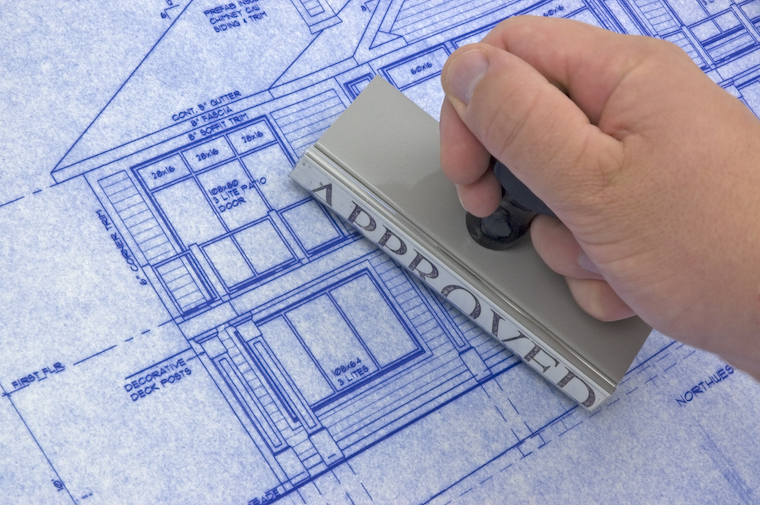Building Permit Checklist for Sydney & NSW
Index
So you need a building permit in Sydney or elsewhere in NSW? The rules and regulations might seem overwhelming, but there are a few simple things you can do to make your approval process as simple as possible.
When do I need a building permit in NSW?
First, you should check if you actually need a permit. Some minor works and renovations don’t require a permit, which means you can build without council approval, but you should check with your local council before making any assumptions just to be sure. The last thing you’ll want is a nasty fine down the track.
If you do need a permit, your application can be fast tracked if it qualifies as an exempt or complying development. This not only speeds up the application process, but can also save you money. It’s worth checking out the rules that apply to your property before you go too far down the planning path.
Depending on the kind of property you’re looking to renovate or develop, your planning process might be subject to a bunch of different rules. Especially if your development is:
- In a conservation area
- Listed as a heritage building
- In or near a site that contains contaminated land
- In or near an area prone to bushfires
- In an area affected by flood
- Listed on the State Heritage Register
How much does a building permit cost in NSW?
Before you apply for a building permit in NSW, it’s a good idea to understand the costs involved. Applications for a permit can either be submitted to your local council or to an accredited private surveyor. Costs for building permits and DAs are generally based on the type of development you’re proposing and the estimated cost of the project including labour and materials.
Each council sets its own fees, so refer to their individual schedule of fees and charges to understand what you might be up for.
The fees you may be up for include:
- Your building permit or DA fee – how much this costs will depend heavily on the size and complexity of your project
- Council fees, which may be charged when you lodge your application.
- A government levy – the NSW government may charge a Long Service Levy on work over $25,000
- The cost of an Owner-Builder Permit if you plan on supervising the work.

Lodging your building permit application
Once you’ve filled out and gathered all the necessary forms and paperwork, which likely include contracts, insurance documents, budgets and plans, you can submit your development application (DA) for building approval.
Depending on your project, you might need to lodge your DA with your local planning and land authority. This is especially the case when redeveloping your property or building a new development. Your local planning and land authority will then decide whether your proposed development is appropriate for the area and whether it complies with any rules or regulations that might be attached to your land.
The essential completed paperwork you’ll need for your application includes:
- Your DA form
- The estimated cost of work, which might include a full cost breakdown and summary by a licensed professional such as a builder or architect
- An environmental impact statement
- A detailed description of the proposed works, including professional plans and sketches
- Verified consent from all owners of the property
Lodging a DA for building approval can feel overwhelming, so it’s handy to have the assistance of a building certifier, building surveyor, builder or the architect or draftsperson that you’ve appointed to the job. These professionals would have plenty of experience dealing with DAs and ensuring they are compliant, so before you submit your application, make sure you consult with them to avoid missing any crucial components.
While the process of how to get a building permit might seem convoluted, making sure you’re organised and willing to consult relevant professionals along the way will give you the biggest chance of success.
Choosing a building surveyor or building certifier
When it comes to choosing a building surveyor, it’s important to do your research to ensure you find the most competent person for the job. Your building surveyor should be licensed and have a certificate of Advanced Professional Liability. If you’re after a particular type of surveyor, then make sure you find someone who is an expert in that field. In NSW there are many different subsets of building certifiers.
Read more: what is a building permit?
If you’re wanting to supervise or conduct building work that is worth more than $10,000 on your own home and you don’t require a licensed builder to supervise your work, then you can apply for what’s known as an Owner-Builder Permit in NSW.
What happens after lodging a building permit application?
Once your building permit has been lodged, your local council and land planning authority will review it to make sure it’s completely compliant with relevant building regulations in Australia. Once you’ve lodged your application, you should be able to track its progress online.
Getting approval can take anywhere between one month and 100 days; this timing is largely dependent on the complexity of the project and the local council you are dealing with.
